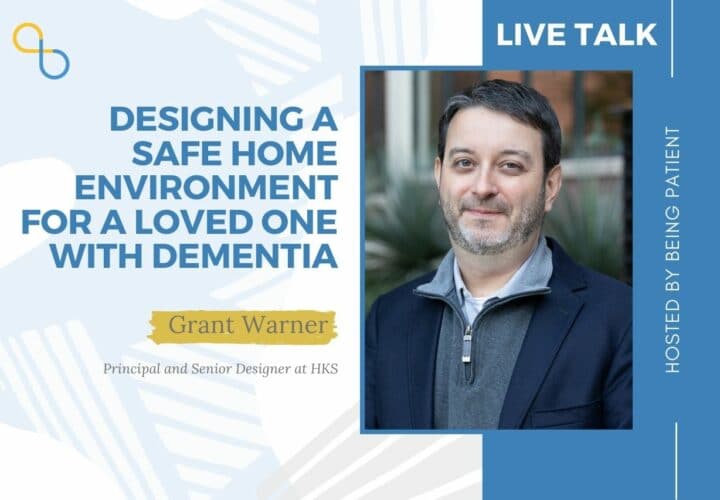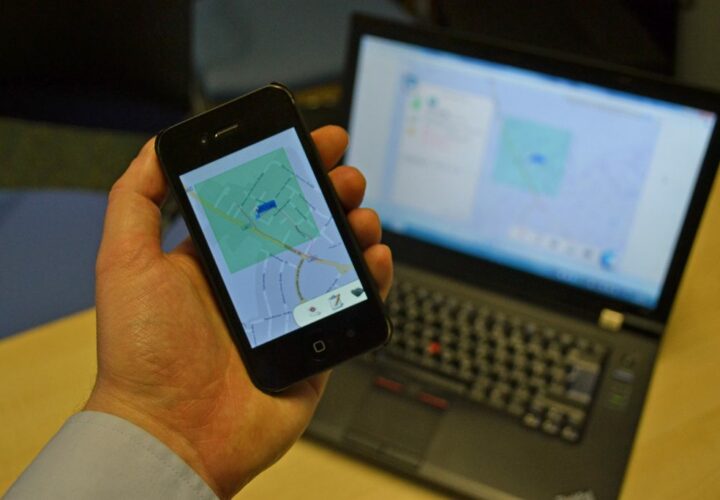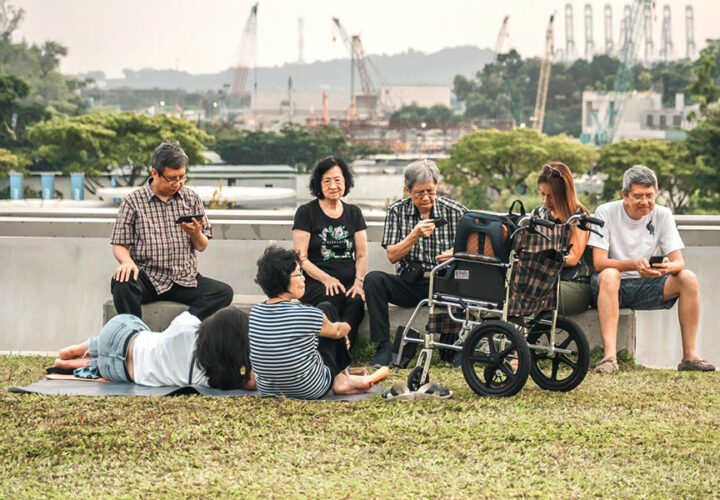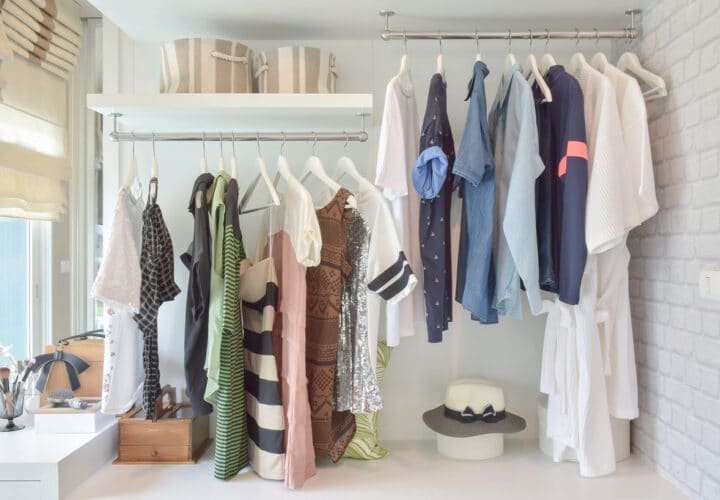Designer Grant Warner shares how caregivers and families can create a safe living space for a loved one with dementia.
Day-to-day activities at home could potentially turn into dangerous situations for people living with dementia. Incidents such as leaving the stove on when cooking and slipping while bathing could occur as their cognitive and functional abilities decline. We spoke with Grant Warner, principal and senior designer at HKS Architects, about ways to create a safer home environment for a person with dementia.
- Accidents are prone to occur in kitchens and bathrooms. For instance, people may forget to turn off the stove, or suffer from hot water burns while bathing.
- In the kitchen, Warner said people can consider installing a fire extinguishing system like the Guardian G300B. Products from the company FireAvert that includes alarm systems and automatic shut-off technologies for stoves and microwaves can also be helpful in designing a safer kitchen.
- Warner recommends scald protection for faucets, which detects if water reaches unsafe temperatures and stops the flow of water automatically.
- People can redesign a home with more color contrasts to address a loved one’s depth perception problems.
- Ensuring natural daylight in a living space can be helpful in maintaining people’s circadian rhythm.
Being Patient: What steps can people take in designing a safer home environment for a loved one living with dementia?
Grant Warner: In a home, there are simple things we can do. In terms of color choices, for example, we can provide more contrast for people so they can see the toilet against the floor. We want color contrast between the toilet and the wall behind it. We want color contrast between grab bars and the wall so people can see where to grasp it. [We can add] pull down shades over mirrors if a loved one sees their own reflection, but instead of seeing themselves, sees a stranger. We can hide those mirrors without having to take them off the wall.
One of the most important things is to make sure that the person suffering from dementia can maintain their circadian rhythms. They may lose that ability to get quality REM sleep at night and then become more dependent, unfortunately, on medication.
We want to keep their connection to the outside [by using] daylight, and help them see the transitions [of the day], hopefully gently, so they don’t go through sundowning syndromes. There are also lighting fixtures and lighting systems that help ease those transitions and help reinforce their circadian rhythms.
You [should] check your faucets, especially shower faucets and things like that to make sure they’re equipped with scald protection. A lot of newer faucets on the market these days pretty much come with it. But, in an older home with an older faucet, it may not have that style of protection. Someone who has lost the sense of feel on their skin may not realize the water is too hot or have slipped and fell and hit the faucet and turned it all the way to the hot water. Scald protection will prevent hot water from surging out of the fixture and burning someone.
Being Patient: What part of a home is potentially most dangerous for a loved one living with dementia?
Grant Warner: In a single family home environment, the most critical location from a life safety standpoint is the kitchen. Sometimes, folks suffering from dementia may leave a stove on for hours at a time. It can burn something. It can start to fill the house with smoke and start fires.
There are lots of things we can do to make kitchens safer. Appliances themselves are getting smarter. Some of them have smart technology that will sense that a stove has been left on and will turn itself off. There are other products like the Guardian fire suppression system model number 300b where you can put it into the cabinet above the microwave or the cabinet above the stove. That device will sit there and wait and can sense if there’s a grease fire or something like that from a stove being left on too long.
There’s [a product], although it’s not a fire suppression system, that can alert you or alert first responders. It’s called FireAvert. [The company has] models that can accommodate both electric and gas stoves.
There’s other things [to consider] like shelving. You can move things down so that the resident or your loved one is not so tempted to try to reach or climb up on a chair or counter.
Being Patient: As you design spaces for senior living communities, how do you take into consideration the behavioral symptoms of dementia?
Grant Warner: We want to keep [the environment] very natural, very soft and low contrast. We don’t want big transitions because if someone is panicking and and literally running away from a care partner, they may perceive a dark spot in the floor or a transition between two types of floors as a hole or a step. They may fall even though it’s flush because they’re anticipating stepping down, or they may avoid it altogether because they see it as a hole in the floor.
We avoid highly reflective finishes like mirrors because those can cause panic for some people if they’re suddenly surprised by a mirror next to them where it’s a reflection of themselves, but they see a stranger. [They may be] looking for [a reflection of] themselves at the age of 40 or 50, but not at the age of 80 or 90.
The other thing we do to try to minimize panic and behaviors like that is we try to make staff support spaces as hidden as possible, as discreet as possible, like Disney with the tunnels hidden underneath Disneyworld for all the staff, for laundry to move around, for food services to come around, for trash to come and go.
We try to do that in memory support environments to minimize disruptions, to keep people, who the residents don’t know, from coming into the household. A lot of those services are on the outside of the building or they’re hidden in back-of-house corridors and things like that. Most importantly, we want to make sure we maximize security because there are those out there that will prey on folks suffering from dementia.
The interview has been edited for length and clarity.



